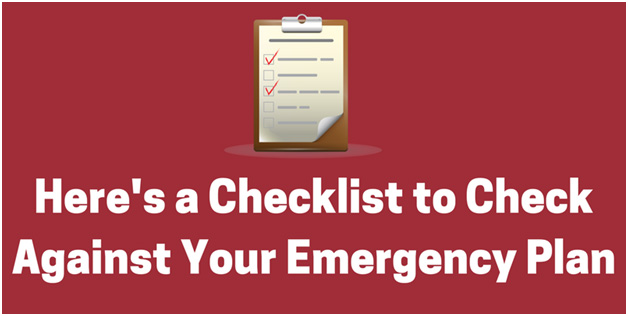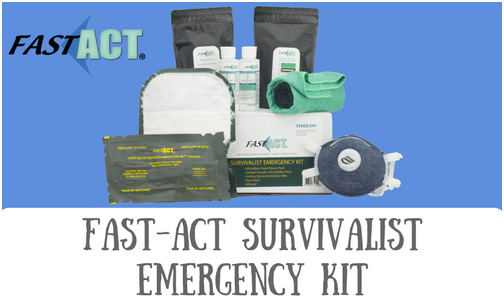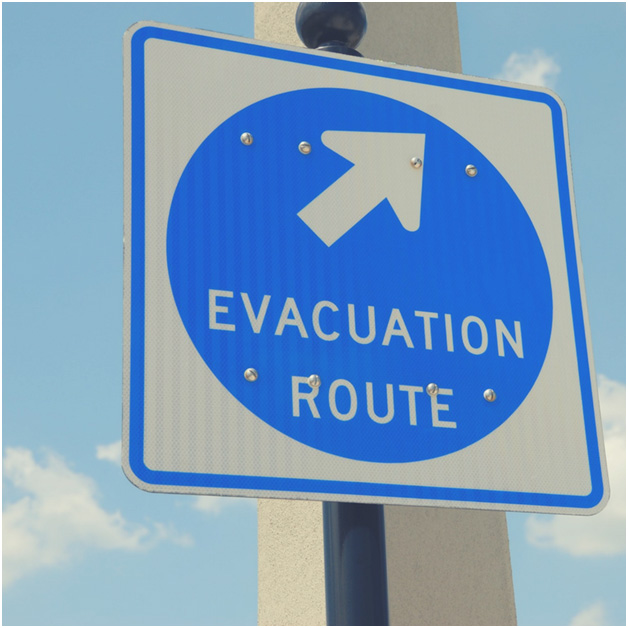Just how prepared are you when it comes to disaster management? You may never experience a disaster, but it doesn’t hurt to be prepared. If not well equipped, disasters may strike, and you will be left without a contingency plan to curb them. It is highly essential that you come up with an emergency plan for your family.
One of the deadliest hurricanes in history is Hurricane Katrina which left over 1,200 people dead in August 2005. Such occurrences are quite scary. However, as rare and horrific as they might be to ponder, you need to be prepared when they occur. What you need is a disaster preparedness plan to help you get through such periods.
Before coming up with a plan, have a sit-down with your family and discuss some of the ways you can become prepare for this type of situation. Take a critical look at the possible threats to devise a comprehensive plan. Preplanning helps to bring to light some of the resources you may not have on hand. This ensures that you purchase them before anything happens.
Why should people take emergency plans seriously? They prevent possible injuries, damages and help in increasing the chances of survival after an occurrence. Some of the things that should be in your family emergency plan are as follows.
- Create a Communication Plan
Contacts are an essential requirement. Analyze all of your relatives and decide on one your family can all share as a common emergency contact. As you choose, ensure that the relative is not likely to be affected by some of the occurrences in your area. Once completed, confirm that each of your family members has the relative’s contact information.
Ensure that your kids have the contact information as well and if possible, leave the contacts with school management. Also, ensure that there is an email attached to the contacts, so they have alternative ways to get ahold of the family member. Also, keep your documents safe for disaster times.
- Have a Common Meeting Point
As a family, being in one place after disaster strikes will reduce stress levels and ensure that everyone is out of harm’s way. Determine a drill where you identify one common location scheduled as a meeting point when any disaster happens. Practice emergency situations and have a defined route available, especially for children.
A meeting point will help in reconnecting so that you can plan the next action as a family without the disorientation of looking for other members. A useful tip would be for every family to note down the specific location for easier tracing.
- Have an Emergency Supply Kit
When disasters happen, it’s normal to have accidents. It could be just a regular power outage that if not well prepared for, could cause significant hiccups. In such a case, have rechargeable batteries that will provide a temporary lighting solution. Create an emergency kit that contains a series of first aid supplies as well as other preventive measures. The FAST-ACT Chemical Decontamination products can keep you safe and prepared in the event that a chemical attack was to occur.
There should be a substantial amount of water and food in your kit for survival. Have food supplies that can last you for about a week or even more. The kit should also have enough necessary medical supplies for every member of your family.
- Include Photos of Your Family Members
Sometimes, during floods or occurrences of seismic forces, a family member may not have reached home and may be in danger. What comes to mind first? Calling them is the first option but what happens when their phone has been turned off? Have a photo of them so that you can ask nearby civilians or emergency crew for increased chances of tracing them.
- A Power Bank as a Lifesaver
In this modern age, everybody deserves to have a power bank. It does not matter if you have a 10,000 mAh; it will still go off at some point. To make sure that does not happen, always ensure that you have a power bank on hand; it will definitely come in handy to recharge a dead phone. It will even help in contacting 911 or an emergency response team.
- Vulnerability Assessment
As much as emergencies are rapid, some events can never be predicted. Research more on the possible hazards around your region so that you have a contingency plan when they occur. This does not necessarily mean you prepare for the specific risk alone. If preferred, consult engineering experts or fire departments for a more precise picture of potential environmental hazards.
A vulnerability assessment will help you feel a level of certainty in preparation. With such an evaluation, your plan is complete as you will have tackled significant possibilities.
- Communication with Neighbors
It’s possible that due to work and family obligations, you may not often talk with your neighbors. However, it’s important to keep in touch because when a disaster strikes, you will need their help. You may introduce walkie-talkies so that you can communicate in case your phone goes off. Neighbors are an asset in the emergency plan as they are close by and if you get stranded, they may just be the most immediate help available. Contacting neighbors comes in handy when you desperately need help that can’t wait.
Communication is one of the critical essentials of an emergency plan. Keeping everyone informed is necessary so that you all are on the same page. The program devised may involve planning for evacuation in extreme situations. Put that in mind as you come up with the plan. It’s important to keep your verification documents in a waterproof safety box and if possible, make copies too.



